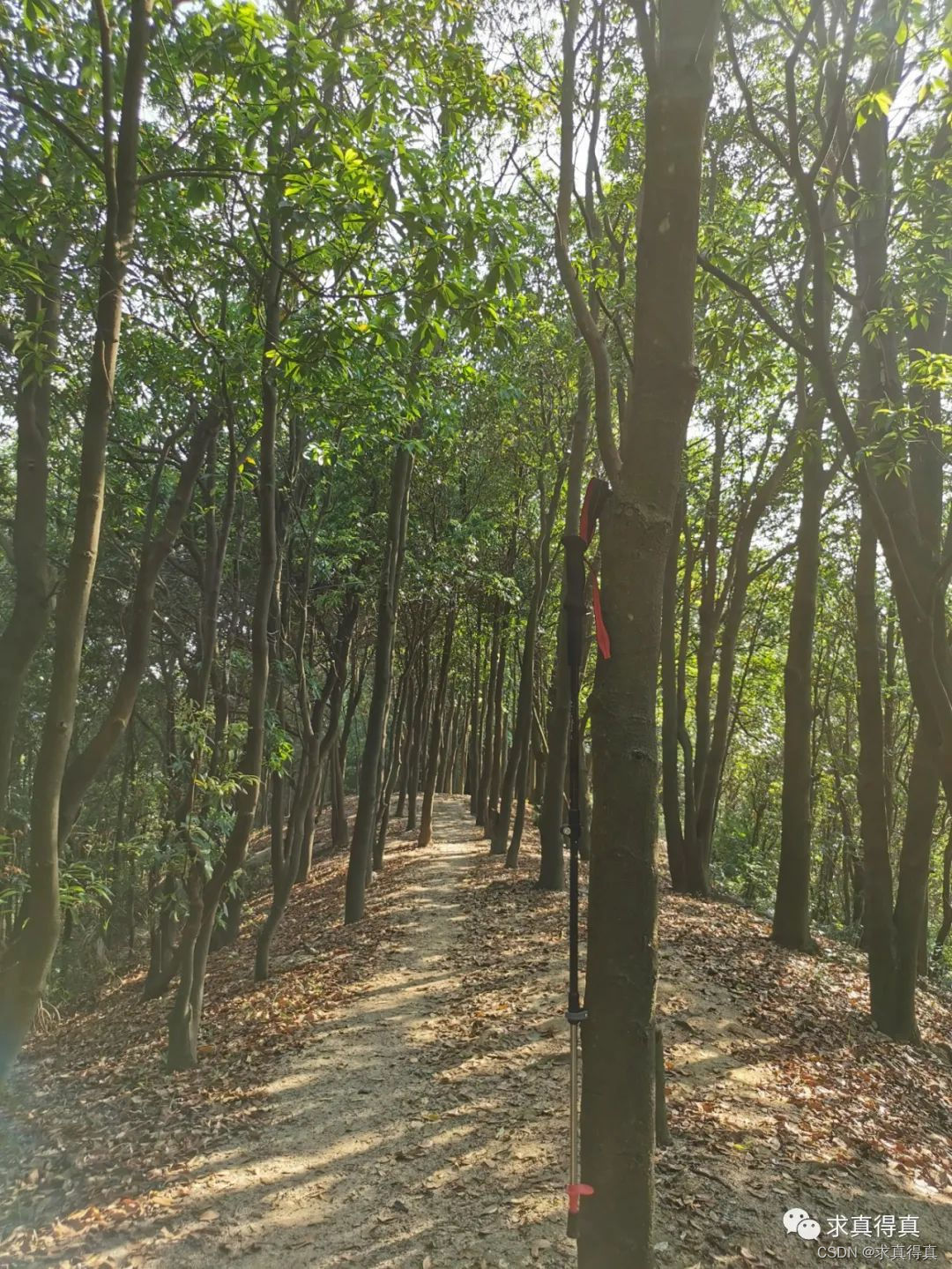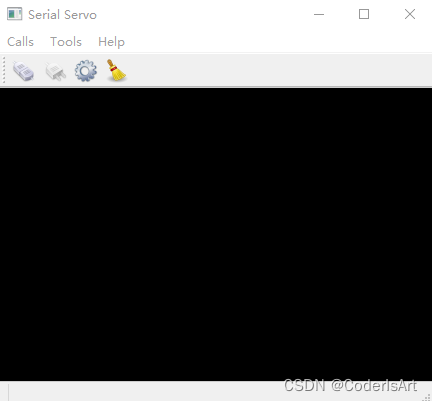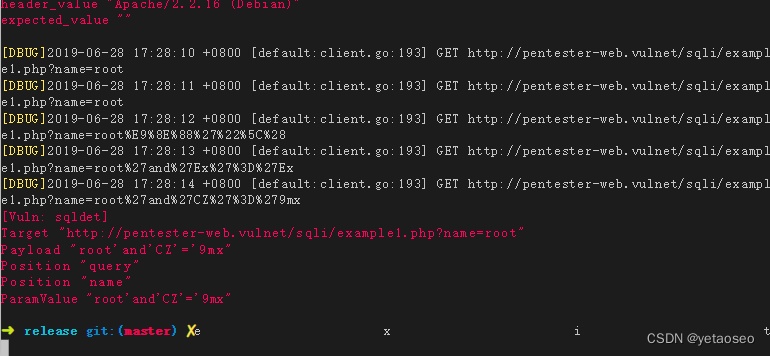Contents
- What is Computer Graphics?
- Why study Computer Graphics?
- Applications
- Fundamental Intellectual Challenges
- Technical Challenges
- Course Topics
- Rasterization (光栅化)
- Curves and Meshes (曲线和曲面)
- Ray Tracing (光线追踪)
- Animation / Simulation (动画 / 模拟)
- References
What is Computer Graphics?
- Computer Graphics: The use of computers to synthesize and manipulate visual information.
Why study Computer Graphics?
Applications
- Video Games

- Movies

- Animations

- Design (Computer Aided Design, CAD)

- Visualization

- Virtual Reality

- Augmented Reality

- Digital Illustration

- Simulation

- Graphical User Interfaces

- Typography (字体)

Fundamental Intellectual Challenges
- Creates and interacts with realistic virtual world
- Requires understanding of all aspects of physical world
- New computing methods, displays, technologies
Technical Challenges
- Math of (perspective) projections, curves, surfaces
- Physics of lighting and shading
- Representing / operating shapes in 3D
- Animation / simulation
- 3D graphics software programming and hardware
Course Topics
Rasterization (光栅化)
- Rasterization. Project geometry primitives (3D triangles / polygons) onto the screen. Break projected primitives into fragments (pixels).

Gold standard in Video Games
(Real-time Applications, i.e.
>
30
FPS
> 30 \text{FPS}
>30FPS)

Curves and Meshes (曲线和曲面)
- Curves and Meshes. How to represent geometry in Computer Graphics

Ray Tracing (光线追踪)
- Ray Tracing. Shoot rays from the camera though each pixel
- Calculate intersection and shading
- Continue to bounce the rays till they hit light sources
Gold standard in Animations / Movies
(Offline Applications, i.e.
<
30
FPS
< 30 \text{FPS}
<30FPS) (成像效果比光栅成像更好,但速度更慢)

Animation / Simulation (动画 / 模拟)

References
- GAMES101-现代计算机图形学入门-闫令琪
- course website: GAMES101: 现代计算机图形学入门
- homework: BBS 往期作业汇总帖
- Textbooks: Steve Marschner and Peter Shirley,“Fundamentals of Computer Graphics”
- 计算机图形学与混合现实在线平台 GAMES: http://games-cn.org

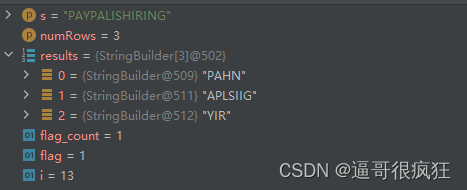


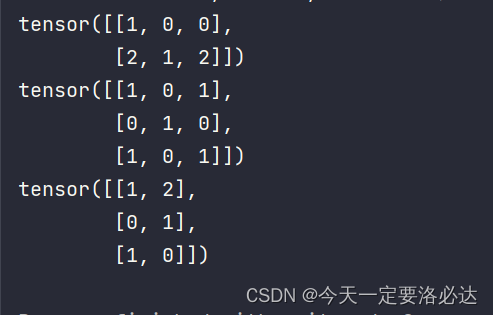
![[附源码]SSM计算机毕业设计亿上汽车在线销售管理系统JAVA](https://img-blog.csdnimg.cn/0b8a5c37dfb14e57af1341bf66b3d91d.png)



![[附源码]计算机毕业设计springboot驾校预约管理系统](https://img-blog.csdnimg.cn/172f239ee6ed44a59d630e4aacf59dfb.png)


